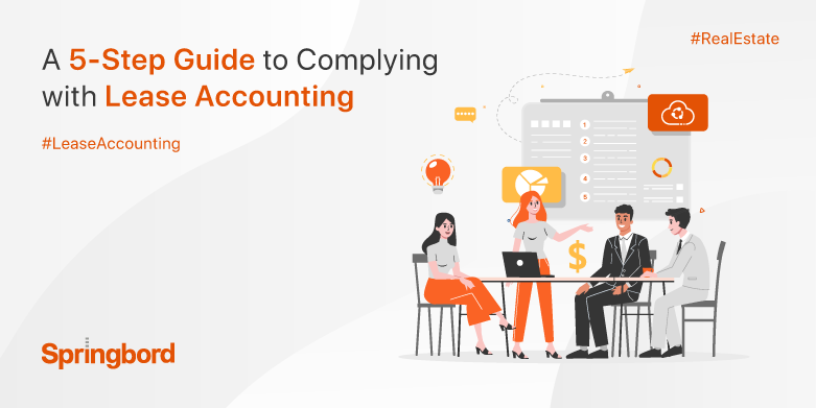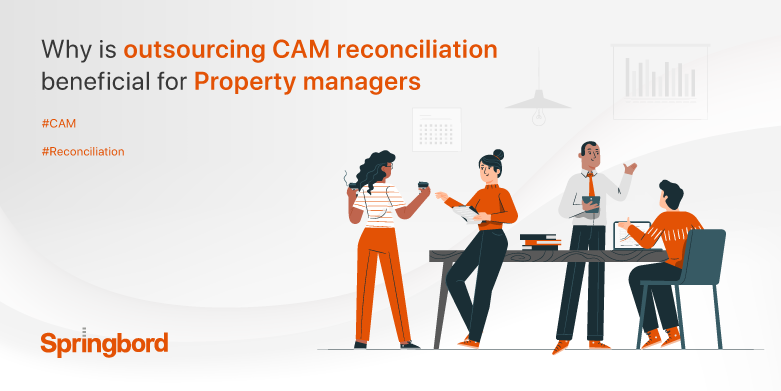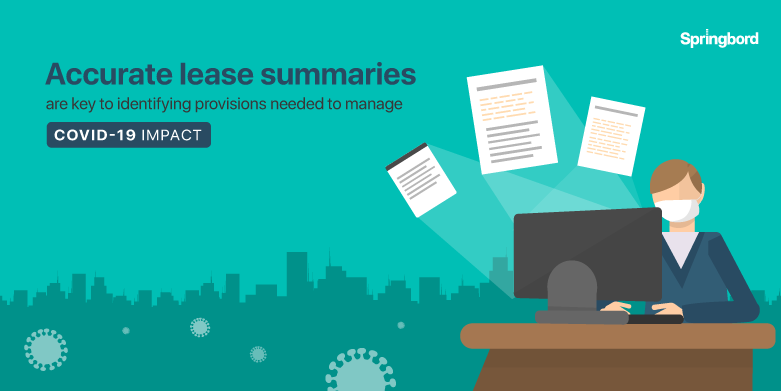 Read time 3 min
Read time 3 minAccounting is an essential service for any business and an opportunity to make profits. Managing the accounting process is not just about the numbers, calculations, and compliance. With property accounting services, businesses can be more compliant with laws and regulations.
It would be best if you started by gathering all the information you need from your client: their needs and budget, their property, whether they are selling or renting it out, etc. You should also understand what kind of property they own – how long has it been since they bought it? And finally, you need to understand what assets they have in furniture or fixtures that would be subject to depreciation or repairs in the future.
Examine Inventory of Leasing Arrangements
Conduct a thorough analysis of the contractual conditions to identify the types of leases available. Important considerations include the beginning date, length of the lease, and monthly rent (including fixed, variable, and amounts payable under residual guarantees, termination penalties, and purchase option payments). To determine whether or not the presence of specific essential criteria may be considered “reasonably assured,” an evaluation requires the application of judgment. Because of this, the leasing arrangements for everything will need to be reviewed very carefully.
Collect and sort out the various Contracts
Remember that you must collect all the contracts, including the master lease agreement and addendums. Again, technology will play a crucial role in storing these important documents in a single location, saving valuable time and, eventually, money. According to some research findings, employees spend approximately fifty percent of their time manually searching for papers or sorting through spreadsheets, and it takes an average of eighteen minutes to find each document. Choosing a leased asset software system that incorporates document management is recommended as best practice because it results in time savings, strengthens financial controls, and streamlines accounting and auditing work further down the line.
Check to see if there are sound systems in place.
There is a possibility that the calculations of fair values, carrying values, residual values, and leasing income and expense, in addition to the accompanying judgments and estimates, could all shift, necessitating the development of new templates, procedures, and controls. This may prove to be burdensome, in particular for businesses that have a significant number of assets that are leased. The requirements of the new standards might not be met by the ERP systems that are currently in use. Specifically, a necessity may exist for a brand-new or significantly improved fixed assets system. Cloud-based solutions may be able to provide support for the ERP system in the form of add-ons and/or enhanced reporting tools if it is determined that the current systems are suitable in a general sense.
Evaluate both the commercial and other potential impacts
Lessees may change their decisions about whether to buy or lease a property. Lessors have a responsibility to highlight the benefits of the leasing model, which include decreased capital outlays, lower residual risk, and greater flexibility in portfolio management. Because of the modifications, different tax tactics may be necessary. It will be vital to have a good knowledge of the impact that this will have on existing tax situations, deferred taxes, and tracing accounting to tax discrepancies.
Make appropriate preparations
Changes of this size require extensive planning to be completed in advance of their actual execution. A detailed plan is necessary regardless of whether or not new computer systems will be needed. This is the case to minimize disruption to regular workloads and facilitate a smooth close of the current accounting period. It is possible that a project team with members from multiple functional areas would be required to collect the necessary information. It will be essential to consider the amount of work that needs to be done, as well as to train employees and increase staffing levels. It is recommended that a detailed road map be created, which should contain a stage for design, an implementation stage, and a stage for post-completion, as applicable.
Conclusion
Compliance can be costly, but Springbord can make it easy for companies to track their compliance costs. Springbord helps you and your team keep track of your compliance costs and stay in compliance with all the regulations.
Springbord allows you to easily and effectively manage all the bits of information you need to comply with any law or regulation. Learn more about how Springbord can help you before your next audit.







